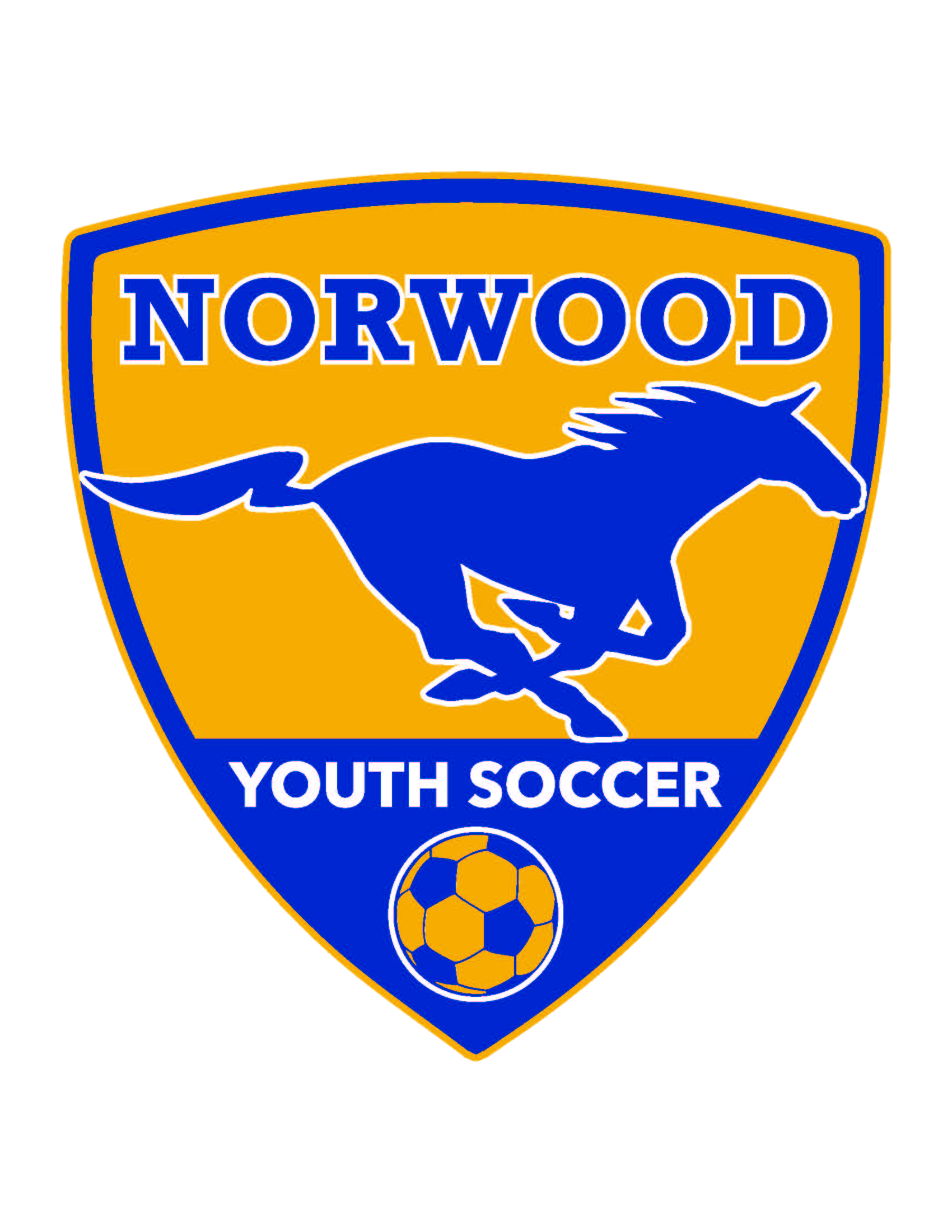The goal of player distribution and team creation in NYS Intramural (Grades Pre-K through Grade 3 Travel Lite) is to create teams as equally balanced as possible. Additionally, we strive to have teams large enough to prevent not having subs or playing a player down when 2 or 3 people are absent while avoiding extremely large teams that reduce individual playing time.
Team Sizes
We will attempt to make teams of the same size and strive to hit the players per team numbers below. There may be seasons or teams that go above or below thresholds as exceptions. The maximum player threshold is only exceeded with players registered before the deadline. We will not accept players from the waitlist onto teams that make the players per team exceed the maximum listed below.
- Pre-K
- Game Size: 3v3
- Minimum Players: 5
- Maximum Players: 7
- Kindergarten
- Game Size: 4v4
- Minimum Players: 6
- Maximum Players: 8
- Grade 1/2
- Game Size: 6v6
- Minimum Players: 10
- Maximum Players:13
- Grade 3 Travel Lite
- Game Size: 7v7
- Minimum Players: 11
- Maximum Players: 14
Pre-K and Kindergarten Player Distribution
For Fall Pre-K and Kindergarten, there is no attempt to distribute players based on skill. We evenly distribute boys and girls as well as on date of birth. The first set of teams is created after registration closes. We will continue to add players with the same attempt to maintain even teams based on gender and age until the maximum threshold is reached at which point we will no longer accept children off the waitlist.
In the Spring, we roll over the existing fall teams for those players that register again in the spring. We then fill in the teams again distributing players as evenly as possible based on gender and date of birth.
Grade 1/2 and Grade 3 Travel Lite
For Fall Grades 1-3, we use a simple evaluation on players that played in the spring from the previous coach to attempt to distribute the players evenly to create teams that are equal in talent. The remaining players are distributed based on date of birth to create teams that have similar average dates of birth.
In the spring, we rollover the teams from the fall with the players that are registered again. A small number of players may be moved to new teams to help maintain an equal amount of talent per team. New players are then distributed to make even teams with similar average dates of birth.
